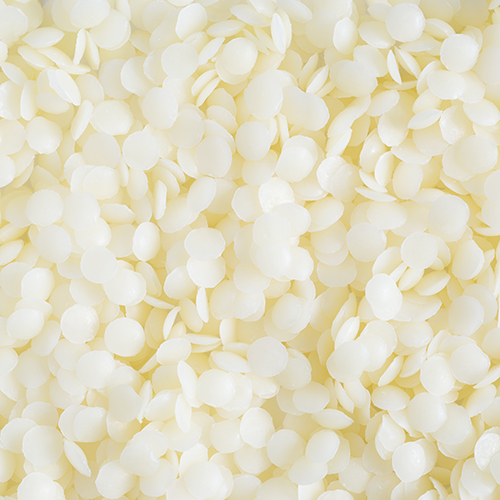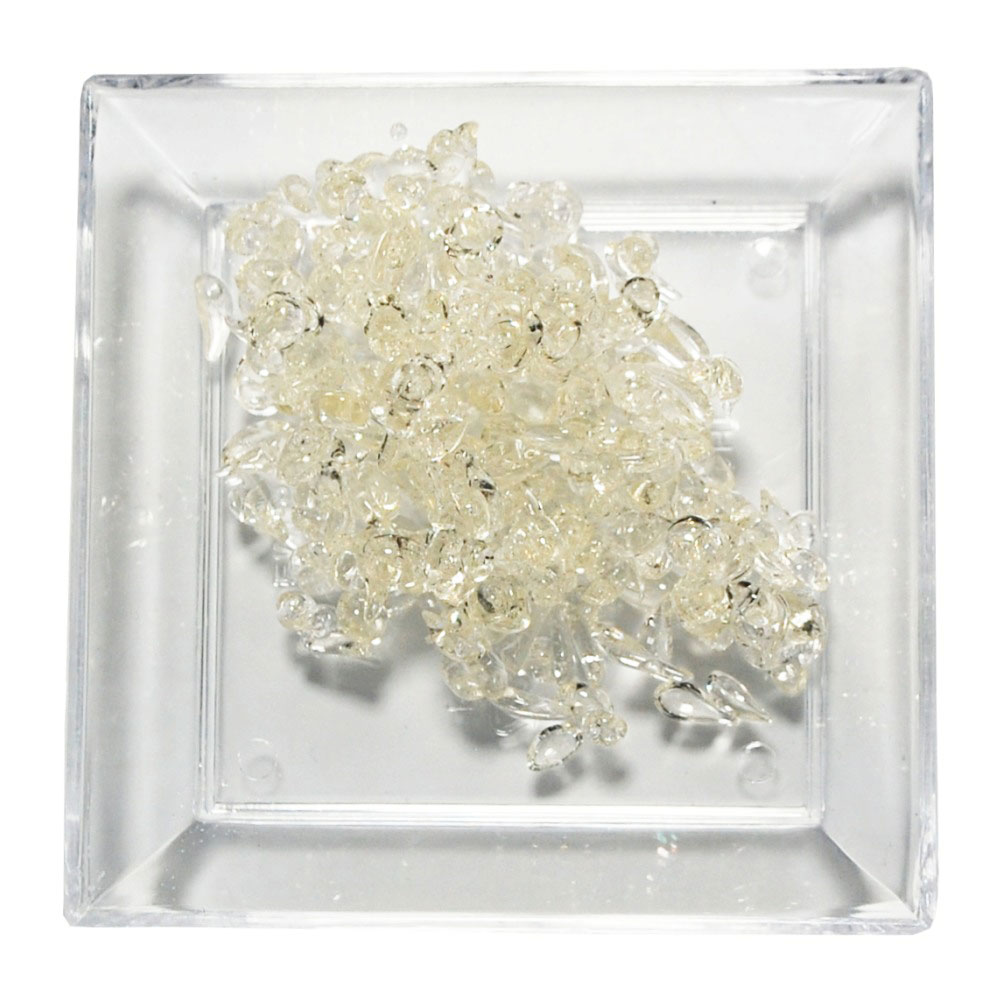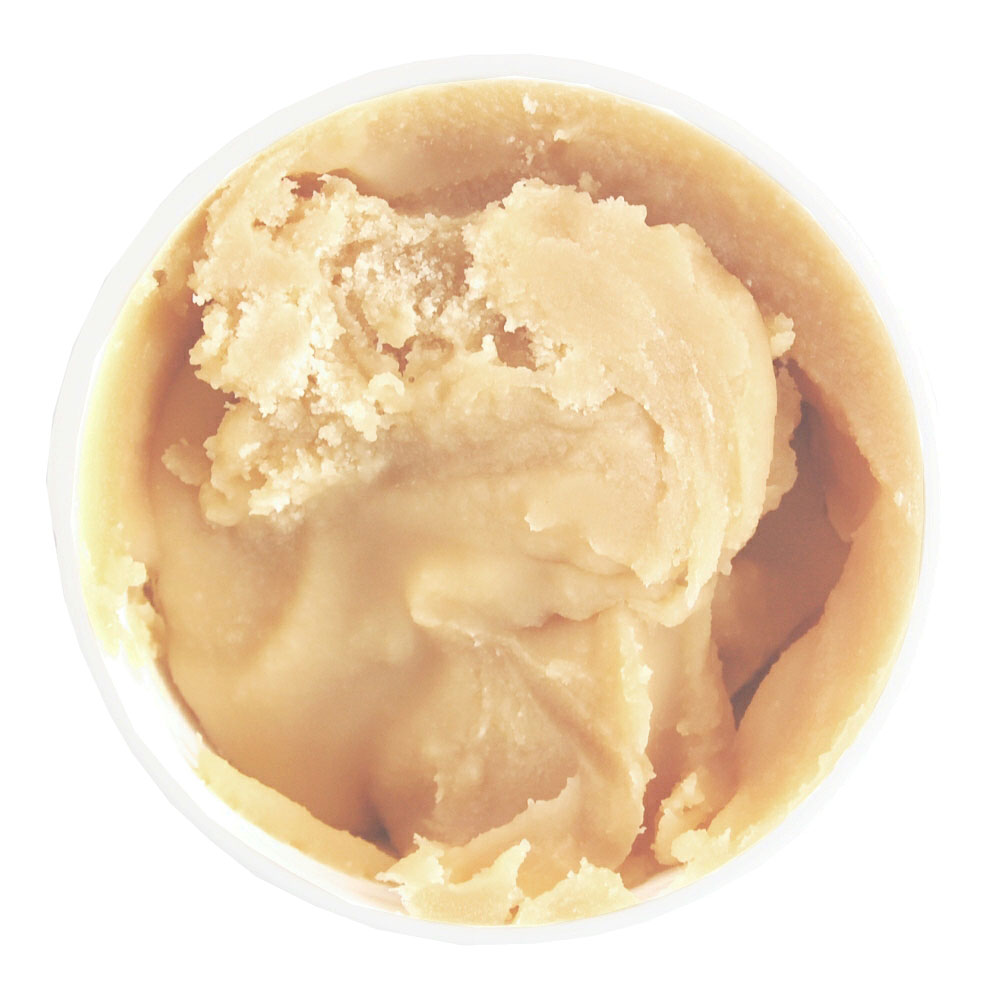When it comes to formulating beauty, skincare, or personal care products, achieving the desired texture and stability is often a critical factor.
Today we are comparing oil gelling ingredients, which help structure oils into gels or semi-solid systems. As a bonus, we will be including a sample lipgloss formulation for each ingredient.
The 4 popular oil gelling ingredients that we will be comparing are Cera Bellina, Sugarcane Wax, Polyamide 3 and Polyhydroxystearic Acid.
Each of these ingredients brings unique properties to the table, and understanding their differences can help you choose the right one for your needs.

What is Cera Bellina?
A hydrogenated derivative of beeswax, known for its ability to create smooth, gel-like textures in oil-based formulations. By modifying the hydroxyl groups in beeswax, Cera Bellina gains improved oil-binding properties, making it ideal for creating oil gels and suspensions. Its versatility has made it a go-to ingredient in lip balms, solid perfumes, emulsions, and other anhydrous products.

What is Sugarcane Wax?
A natural wax derived from the sugarcane plant. Known for its excellent oil binding qualities and ability to stabilize oil-based formulations, it is a great choice for creating firm gels and emulsions. Sugarcane Wax is biodegradable, making it a sustainable alternative for eco-conscious formulators.

What is Polyamide-3?
A synthetic polymer designed for oil gelling. Its structure includes long-chain fatty acids and amides, which enable it to create robust networks in non-polar oils. Polyamide-3 is often used in high-performance formulations where stability and high viscosity are required. It’s commonly found in products like mascaras, stick foundations, and other oil-based cosmetics requiring long-lasting and stable gels.

What is Polyhydroxystearic Acid?
A naturally derived gelling agent commonly used in cosmetics and personal care formulations. It is derived from castor oil and known for its excellent oil gelling and stabilizing properties. This ingredient is valued for its ability to create smooth, glossy, and uniform oil-based formulations.
Key properties of Cera Bellina:
- Easy Dispersion: melts easily and integrates seamlessly into oil-based formulations.
- Stable Gelling: It creates stable gels, especially when used in small concentrations.
- Anti-Crystallization: It helps prevent the crystallization of certain oils & butters, improving the texture and visual clarity of formulations.
- Smooth Texture: It imparts a silky, luxurious feel to products, making it ideal for cosmetics and skincare.
- Melting Point: Approximately 63-73°C, depending on the specific formulation and blend.
- Typical Usage Rate: 1-5%.
Key properties of Sugarcane Wax:
- Oil Stabilisation: It effectively thickens and stabilises oils, creating firm gels and increasing viscosity.
- Natural Origin: Sugarcane Wax is plant-derived, making it ideal for natural and vegan formulations.
- High in Palmitic Acid: Palmitic acid helps to restore the skin’s natural barrier, stearic acid
seals in moisture and improves the moisture content of the skin - Improved Payoff: It enhances the application and texture of stick or balm products, ensuring a smooth and uniform payoff.
- Melting Point: Approximately 55°C.
- Typical Usage Rate: 2-15%.
Key properties of Polyamide-3:
- High Viscosity: It produces thick gels even at low concentrations.
- Thermal Stability: Gels made with Polyamide 3 are resistant to melting or breakdown at higher temperatures, ensuring stability during storage and use.
- Elastic Texture: It creates gels with a more elastic or springy feel, suitable for certain applications like mascaras or stick formulations.
- Versatile Compatibility: Polyamide 3 is compatible with a wide range of oils, including esters, silicones, and hydrocarbons.
- Melting Point: Approximately 120-140°C, requiring higher temperatures for processing.
- Typical Usage Rate: 2-8%.
Key properties of Polyhydroxystearic Acid:
- Oil Thickening: It efficiently thickens a variety of oils, creating stable gel systems.
- Natural Origin: Derived from castor oil, it is suitable for natural and vegan formulations.
- Glossy Finish: Adds a glossy appearance to oil gels and enhances product aesthetics.
- Versatility: Compatible with many natural and synthetic oils, making it highly versatile.
- Melting Point: Approximately 70-80°C, allowing for easy integration during formulation.
- Typical Usage Rate: 1-5%.
Example Lip Gloss Formulation with Cera Bellina:
- Castor Oil: 70%
- Cera Bellina: 4%
- Jojoba Oil: 20%
- Pigment: 5%
- Vitamin E: 1%
Instructions: Melt the Cera Bellina and castor oil together until fully dissolved. Add jojoba oil and pigment while stirring. Remove from heat and mix in Vitamin E. Pour into containers and let cool.
Example Lip Gloss Formulation with Sugarcane Wax:
- Castor Oil: 68%
- Sugarcane Wax: 5%
- Sunflower Oil: 20%
- Pigment: 6%
- Vitamin E: 1%
Instructions: Melt the Sugarcane Wax and castor oil together until fully dissolved. Add sunflower oil and pigment while stirring. Remove from heat and mix in Vitamin E. Pour into containers and let cool.
Example Lip Gloss Formulation with Polyamide-3:
- Castor Oil: 65%
- Polyamide-3: 6%
- Sweet Almond Oil: 20%
- Pigment: 8%
- Vitamin E: 1%
Instructions: Heat the Castor Oil and Polyamide-3 together to approximately 100°C, ensuring the Polyamide is fully dissolved. Gradually add the Sweet Almond Oil and pigment while maintaining stirring. Cool to below 40°C and incorporate Vitamin E. Pour into containers.
Example Lip Gloss Formulation with Polyhydroxystearic Acid:
- Castor Oil: 72%
- Polyhydroxystearic Acid: 3%
- Argan Oil: 20%
- Pigment: 4%
- Vitamin E: 1%
Instructions: Heat the castor oil and Polyhydroxystearic Acid together until fully dissolved. Add argan oil and pigment while stirring. Remove from heat and mix in Vitamin E. Pour into containers and let cool.
Summary Comparison of our oil gelling ingredients
Ease of Use
Cera Bellina, Polyhydroxystearic Acid and Sugarcane Wax are the easiest to handle in small-scale formulations due to their moderate melting points and natural origins. Polyamide 3 requires higher temperatures for dispersion.
Texture and Feel
Cera Bellina imparts a smooth, silky texture, ideal for luxury products. Polyamide 3 creates elastic, firm gels. Sugarcane Wax produces denser, firmer gels with a slightly waxy feel. Polyhydroxystearic Acid offers a glossy finish and smooth texture suitable for aesthetic-focused formulations.
Thermal Stability
Polyamide 3 offers the highest thermal stability. Cera Bellina, Sugarcane Wax and Polyhydroxystearic Acid are less stable at higher temperatures but perform well under normal conditions.
Oil Compatibility
Cera Bellina and Polyhydroxystearic Acid work best with natural oils and esters. Polyamide 3 is compatible with a broad spectrum of oils, including silicones. Sugarcane Wax pairs well with natural and vegetable oils but may struggle with certain synthetics.
Environmental Considerations
Cera Bellina, Sugarcane Wax, and Polyhydroxystearic Acid are biodegradable and derived from renewable sources, making them eco-friendly. Polyamide 3, being synthetic, is less sustainable.
Suggested Best Applications
Cera Bellina: Ideal for lip balms, salves, anhydrous emulsions, and lightweight oil gels.
Polyamide 3: Suited for mascaras, stick foundations, high-viscosity gels, and heat-stable formulations.
Sugarcane Wax: Perfect for lipsticks, balms, and formulations requiring stability in warm climates.
Polyhydroxystearic Acid: Best for glossy oil gels, aesthetic formulations, and natural cosmetics.
Conclusion
Choosing between Cera Bellina, Polyamide 3, Sugarcane Wax, and Polyhydroxystearic Acid depends on your desired outcome as well as the formulation’s requirements.
For natural, silky textures, Cera Bellina is a standout.
Polyamide 3 excels in creating elastic and thermally stable gels.
Sugarcane Wax offers high firmness, thermal stability, and eco-friendly benefits.
Polyhydroxystearic Acid delivers a glossy finish and is ideal for natural and vegan formulations.
By understanding the unique properties of each of these gelling agents, you can create products that meet both performance and sustainability goals.
Disclaimer: Suggestions made in this blog post, are done to the best of our knowledge. The user must always carry out their own tests to make sure the product is suitable for their requirements.







